-
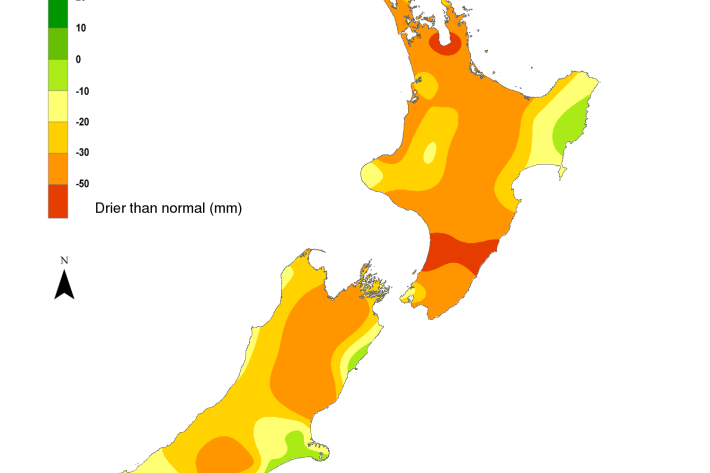
NIWA's Hotspot Watch for 24 October 2018
Hotspot24 October 2018Soils are drier than normal for the time of year in the majority of the North Island, excluding the eastern Gisborne region where the soil moisture is near average. Parts of Queenstown-Lakes District in Otago, the Grey and Buller Districts in the West Coast, northeastern Marlborough, and the Waimate District in southern Canterbury experience well below average rainfall for this time of year, while the rest of the South Island had near normal rainfall. -
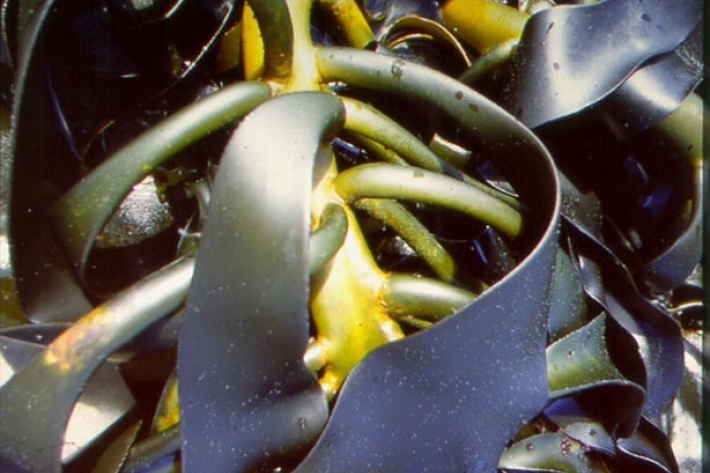
Scientists listen to the sound of photosynthesising seaweeds
Media release22 October 2018NIWA scientists are hoping they may one day be able to “listen” to kelp forests in the waters around New Zealand to find out how they are faring. -
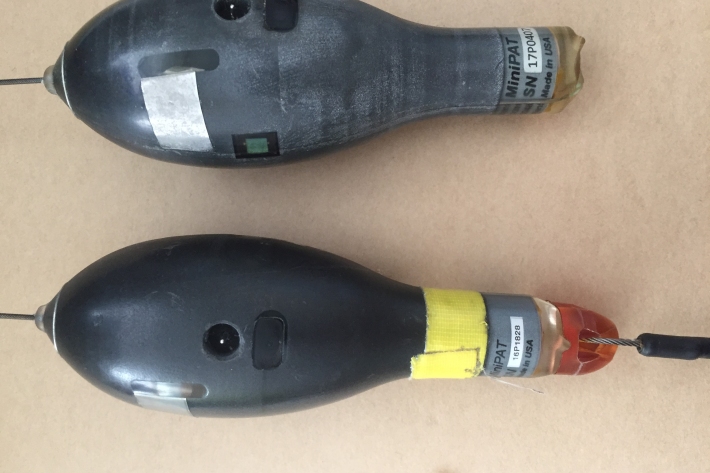
Treasure found on Northland beach
Media release19 October 2018A chance find by a woman walking on a Northland beach is now helping scientists learn more about mako sharks. -
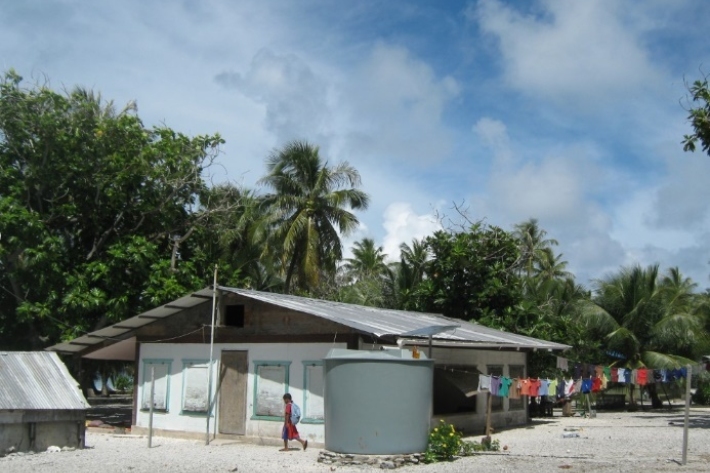
Marshallese benefit from new RiskScape drought tool
Feature story17 October 2018Inhabitants of the Marshall Islands may not be able to avoid drought, but thanks to a new tool co-developed by NIWA they can now plan ahead to better manage water resources when the big dry looms. -
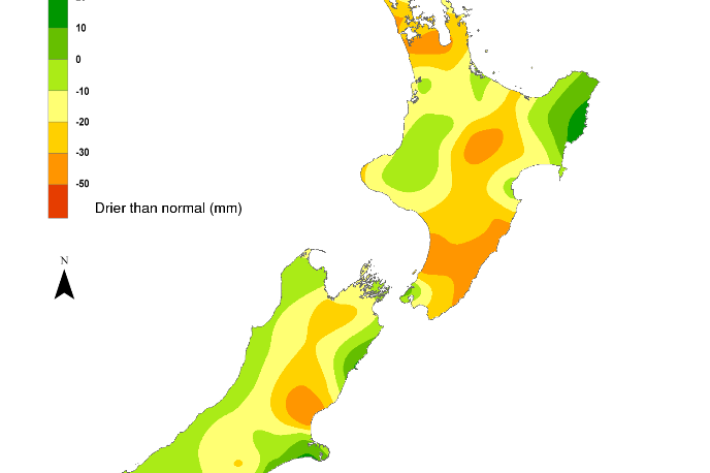
NIWA's Hotspot Watch for 17 October 2018
Hotspot17 October 2018There are no currently no hotspots, but an area to monitor is in the southern Hurunui District in northern Canterbury. -
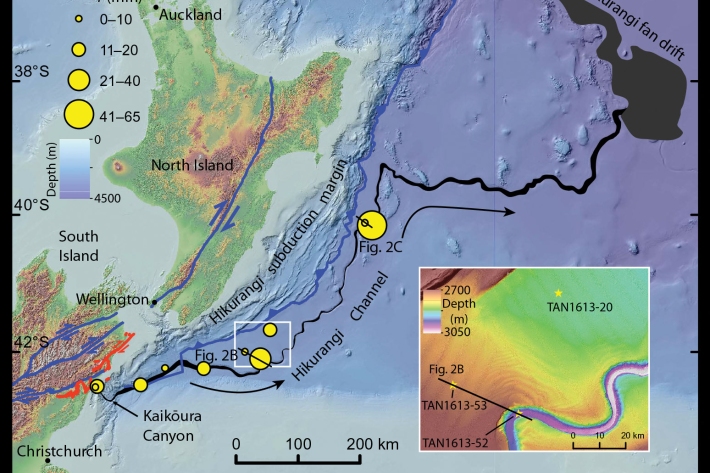
Kaikōura earthquake provides world-first insight into submarine canyons
Feature story17 October 2018Research conducted after the 2016, 7.8 magnitude Kaikōura earthquake has provided scientists with an extremely rare opportunity to understand the processes that shape submarine canyons. -
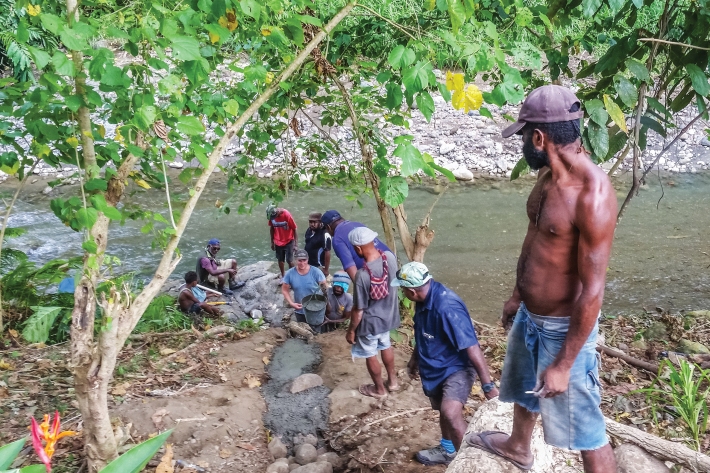
Solutions: Early warning of PNG floods
Feature story16 October 2018NIWA has completed a project that aims to help build community resilience against flooding in the Bumbu River and contribute to improving Papua New Guinea’s disaster preparedness in the face of increasing climate-related disasters. -
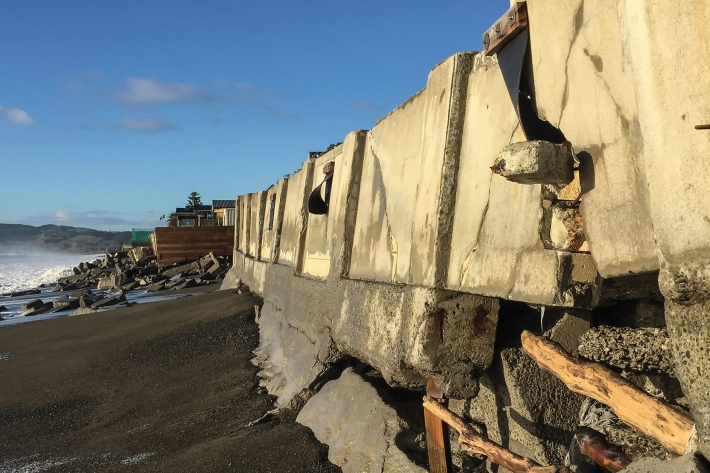
A say on the sea shore
Feature story16 October 2018Coastal communities around New Zealand are getting a say on how to respond to sea-level rise, and NIWA is helping them. -
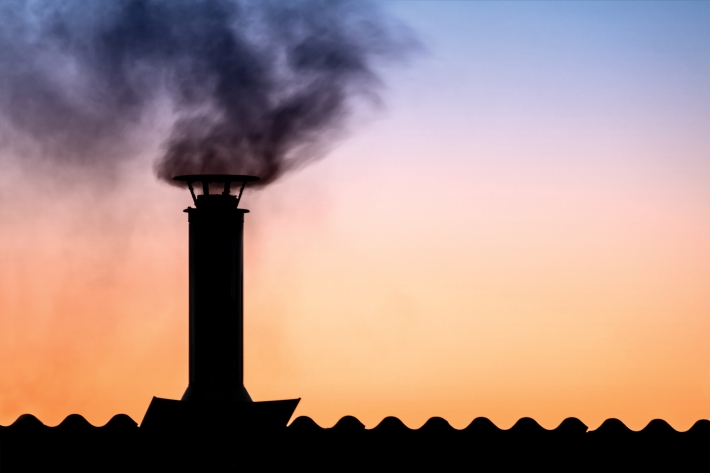
Burning wood - not as cosy as it seems
Feature story16 October 2018As temperatures drop over winter months, many Kiwis turn to their fireplaces to heat their homes. However, most of us are not fully aware of the immense impact that wood burning can have on people and the environment. -
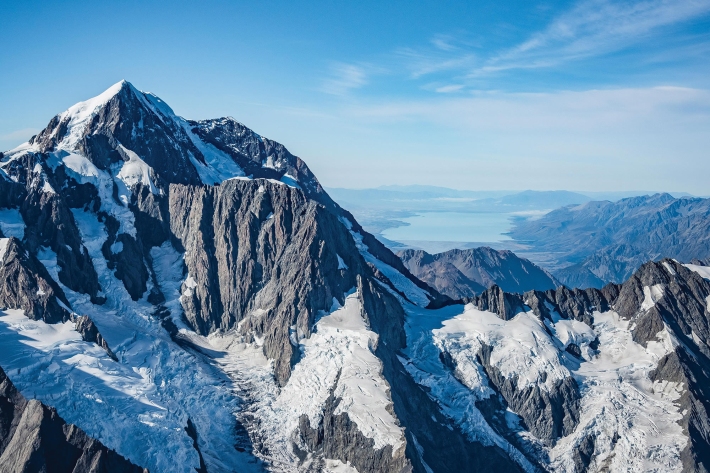
NIWA 2018 glacier survey
Feature story16 October 2018What happens when the contribution from seasonal snow and ice melt changes in a warmer world? -
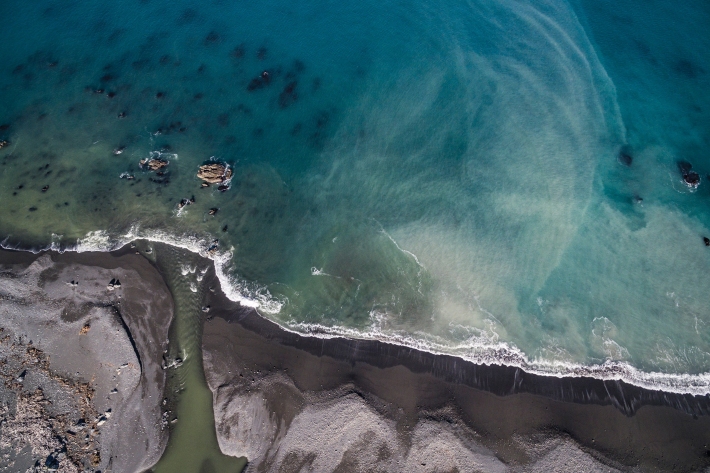
Reducing sedimentation
Feature story15 October 2018New Zealand is a land of erosion. We’re losing about 192 million tonnes of soil a year, according to the latest report Our Land 2018, from the Ministry for the Environment and Statistics NZ. -

Shark survival tale
Feature story15 October 2018As part of a Pacific-wide study, NIWA is measuring the survival rate of sharks returned to the sea by commercial tuna fishers.
